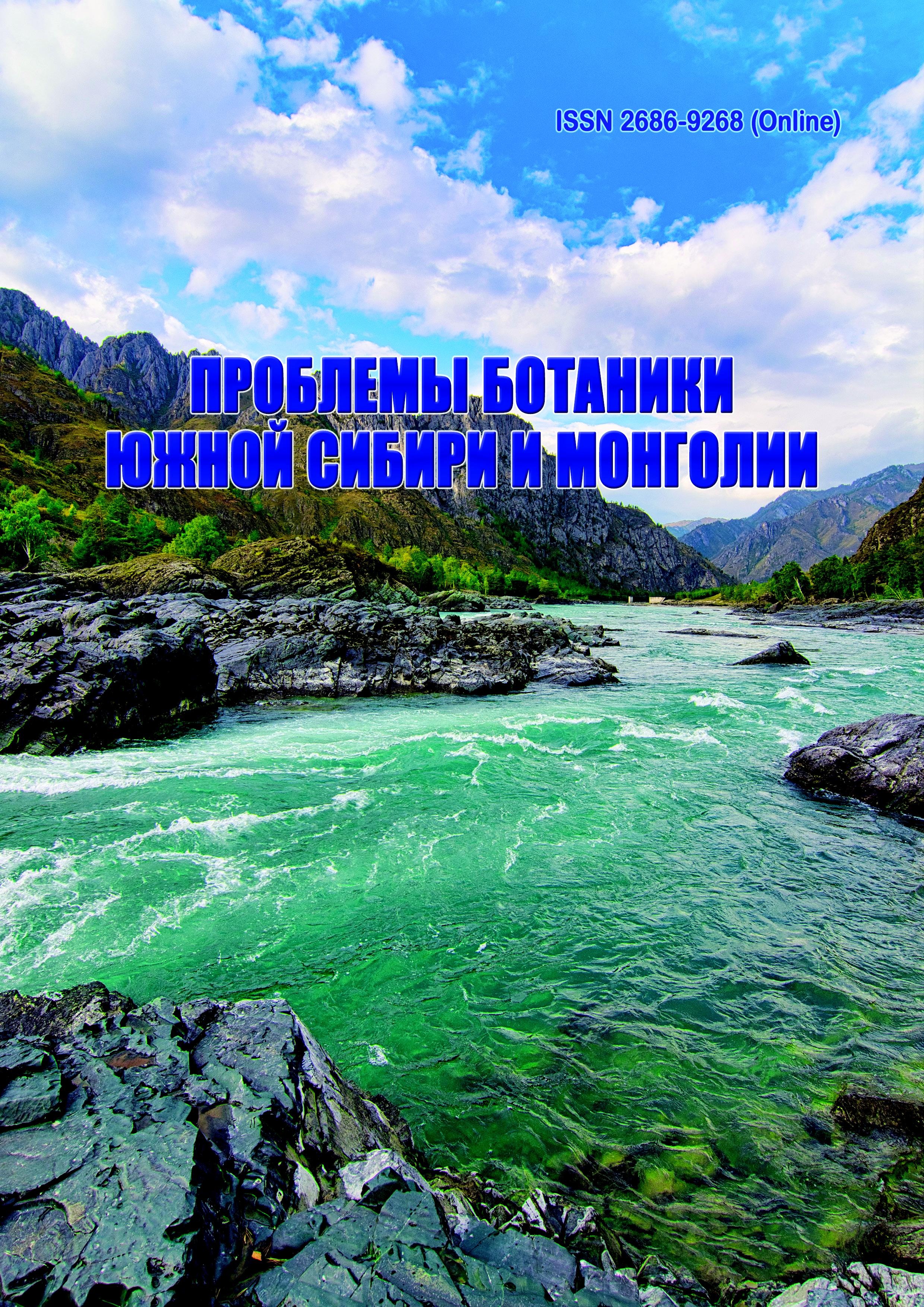Micropropagation of Paulownia tomentosa (Thunb.) Steud
УДК 674.031.951.625:57.085.2
Abstract
Conservation of biological diversity is one of the most important tasks in the field of nature protection, which is given great attention all over the world. One of the pеrspective solutions to this problem in the world for strengthening soil structure and landscaping is the use of plants of the Paulownia species. Paulownia tomentosa is one of the fastest growing trees that is not demanding on soil quality. This type of trees has frost-resistant and winter-hardy qualities, which are necessary for the development and reproduction of plants in various soil and climatic conditions of the Republic of Kazakhstan. The introduction of effective technologies for micropropagation of perspective plants is relevant for the rational use of unique genetic resources, replenishment of the collection fund. The article presents experimental data on micropropagation of Paulownia tomentosa. Sterilization conditions for the introduction of various plant explants into in vitro culture have been selected. The best explants for introduction into in vitro culture and plant regeneration were the apical meristem and internodes of the plant. The well-established method of cultivating explants made it possible to carry out micropropagation in a short time and obtain clonal planting material for the MEBG collection fund.
Downloads
Metrics
References
Багдат А. А., Ногайбаев А.М. Оптимизация условий введения в культуру in vitro растений вида Paulownia // Международный студенческий научный вестник, 2018. - № 4 (часть 3). - С. 183-189.
Драгавцев В. А. Стратегически важный капитал // Природа. Чехов: Наука, 1995. - № 12. - С. 59-63.
Камелин Р. В. Биологическое размножение и интродукция растений // Растительные ресурсы, 1997. -Т. 33, вып. 3. - С. 1-11.
Копытник Е. В., Герасимович Т. В., Водчиц Н. В. Сравнительный анализ способов асептического введения в культуру in vitro павловнии войлочной // Научный потенциал молодежи - будущему Беларуси: материалы XIV междунар. молод. науч. - практ. конф. (г. Пинск; 3 апреля 2020 г.) / Министерство образования Республики Беларусь; редкол.: К. К. Шебеко и др. - Пинск: ПолесГУ 2020. - Ч. 3. - С. 50-52.
Коропачинский И. Ю. Роль ботанических садов в охране биологического разнообразия России // Сибирский экологический журнал. - Новосибирск, 1997. - Т. 4, № 1. - С. 7-12.
Мурсалиева В. К., Нам С. В., Кожебаева Ж. С., Муханов Т.М., Иманбаева А. А. Микроклональное размножение редких видов и коллекционных растений Мангышлакского экспериментального ботанического сада. Научно-методическое рекомендации. - Алматы, 2020. - С. 4-6.
Ромадонова Н. В., Мишустина С. А., Матакова Г. Н., Рахимбаев И. Р., Кушнаренко С. В. Введение в культуру in vitro и микроклональное размножение перспективных сортов, клоновых подвоев и дикорастущих форм яблони // Исследования, результаты, 2013. - № 3(059). - С. 142-146.
Ткаченко К. Н. Адамово дерево, или царственная павловния // В мире растений, 2013. - № 12. - С. 26-29.
Тыщенко Е.Л., Якуба Ю. Ф. Павловния войлочная как биоиндикатор степени загрязненности почв // Плодоводство и виноградство Юга России. - Краснодар: СКЗНИИСиВ, 2014. - № 26(02). URL: https://znanium.com/ catalog/product/528633
Chunchukov A., Yancheva S. Micropropagation of Paulownia species and hybrids // First National Conference of Biotechnology, Sofia, 2014. - Vol. 100, book 4. - Р. 223-230.
Murashige T., Skoog F. A revised medium for rapid growth and bioassays with tobacco tissue culture // Physiol. Plantarum, 1962. - Vol. 15. - P. 473-497.



